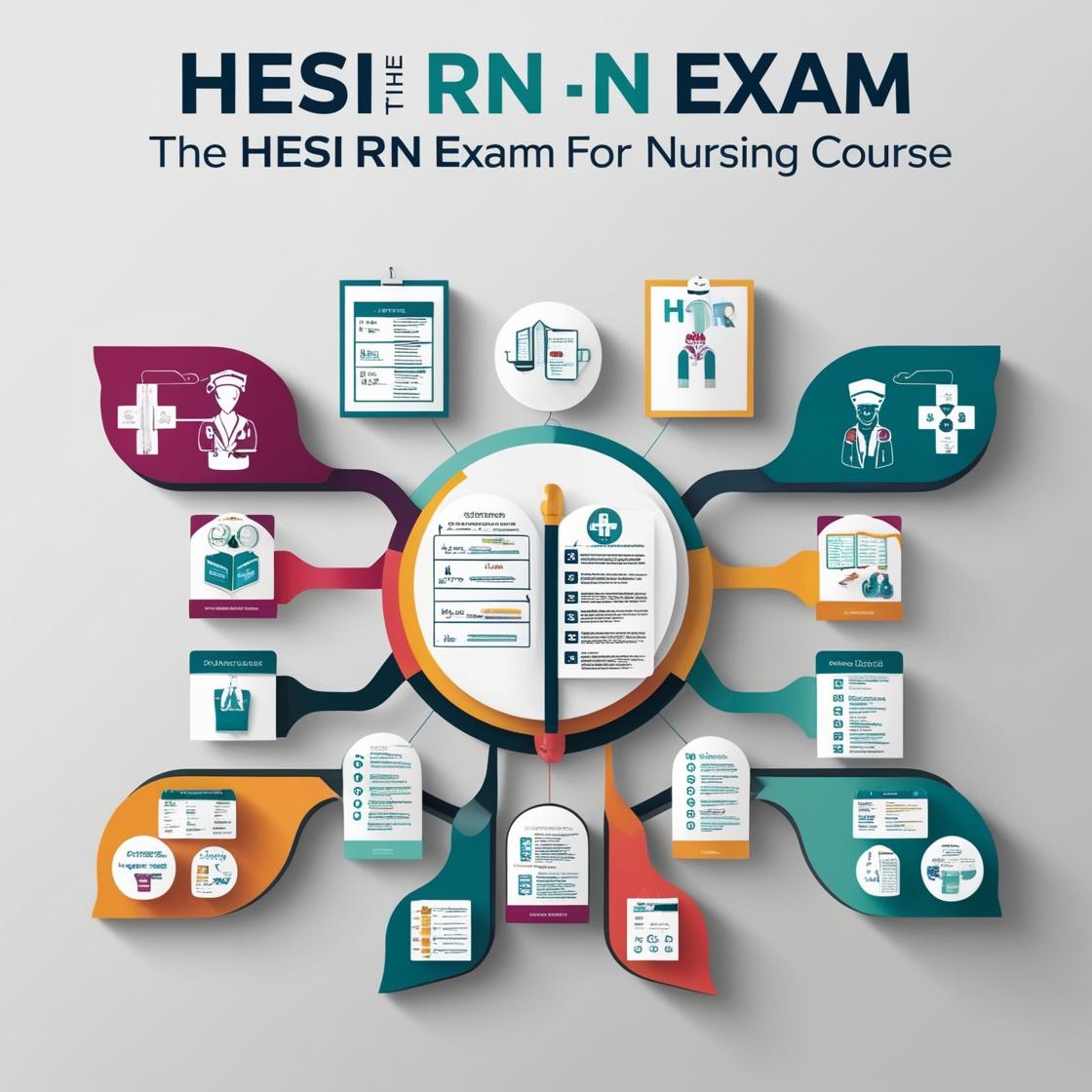HESI RN
Reproductive Health Exam Questions And Answers
1. What type of tissue lines the testes?
- A. Glandular tissue.
- B. Squamous epithelium.
- C. Transitional epithelium.
- D. Stratified epithelium.
Correct answer: A
Rationale: The correct answer is A: Glandular tissue. The testes are lined with seminiferous tubules, which contain germ cells and Sertoli cells that are involved in sperm production. These cells are part of the glandular tissue that makes up the testes. Choices B, C, and D are incorrect because squamous, transitional, and stratified epithelium are not typically found lining the testes. Squamous epithelium is a type of epithelial tissue found in areas like the skin, transitional epithelium lines organs like the bladder, and stratified epithelium is present in structures like the skin and esophagus.
2. Where does the ovum receive the sperm?
- A. Animal pole
- B. Vegetal pole
- C. Zona pellucida
- D. None of the above
Correct answer: C
Rationale: The correct answer is C, 'Zona pellucida.' The ovum receives the sperm at the zona pellucida, which is the glycoprotein layer surrounding the plasma membrane of the oocyte. This layer plays a crucial role in preventing polyspermy. Choices A and B, 'Animal pole' and 'Vegetal pole,' are incorrect as they refer to different regions of the egg and are not where the sperm fertilizes the ovum. Choice D, 'None of the above,' is incorrect as the sperm indeed interacts with the zona pellucida during fertilization.
3. Oligomenorrhea is defined as a cycle longer than:
- A. 28 days
- B. 30 days
- C. 35 days
- D. 40 days
Correct answer: C
Rationale: Oligomenorrhea is defined as a menstrual cycle longer than 35 days. A cycle of 28 days (Choice A) is within the normal range, and not considered oligomenorrhea. Similarly, 30 days (Choice B) and 40 days (Choice D) are also within the normal range. The correct definition of oligomenorrhea specifically refers to cycles longer than 35 days, making Choice C the correct answer.
4. Pelvic Inflammatory Disease (PID) affects the fallopian tubes resulting in a condition called:
- A. Oophoritis
- B. Endometritis
- C. Salpingectomy
- D. Salpingitis
Correct answer: D
Rationale: Pelvic Inflammatory Disease (PID) is known to affect the fallopian tubes, leading to inflammation, which is termed as salpingitis. Choice A, Oophoritis, refers to inflammation of the ovaries, not the fallopian tubes. Choice B, Endometritis, is inflammation of the endometrium, the inner lining of the uterus, not the fallopian tubes. Choice C, Salpingectomy, is a surgical procedure to remove a fallopian tube and is not a condition caused by PID.
5. This is a way of grouping clients according to their reproductive needs during a counseling session, in order to meet each individual client's specific needs:
- A. Gather method
- B. Profiling
- C. Confidentiality
- D. One-to-one counseling
Correct answer: B
Rationale: Profiling is the correct answer. Profiling involves categorizing clients based on their reproductive needs during counseling to tailor the support to each client's unique requirements. Choice A, 'Gather method,' is not a recognized term in this context. Choice C, 'Confidentiality,' is important but does not relate directly to grouping clients based on reproductive needs. Choice D, 'One-to-one counseling,' refers to individual sessions and does not specifically address the grouping of clients based on their reproductive needs.
Similar Questions

Access More Features
HESI RN Basic
$69.99/ 30 days
- 50,000 Questions with answers
- All HESI courses Coverage
- 30 days access @ $69.99
HESI RN Premium
$149.99/ 90 days
- 50,000 Questions with answers
- All HESI courses Coverage
- 30 days access @ $149.99
